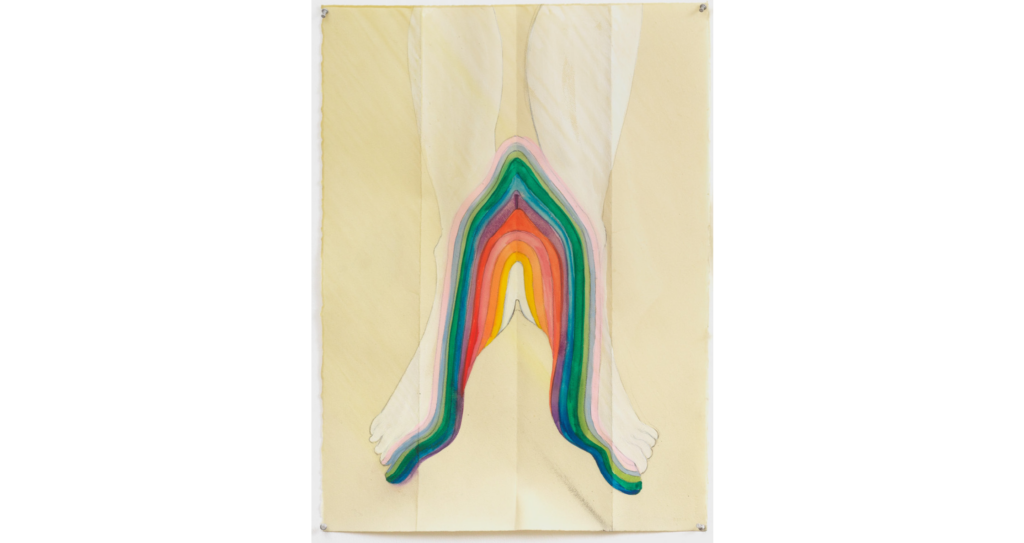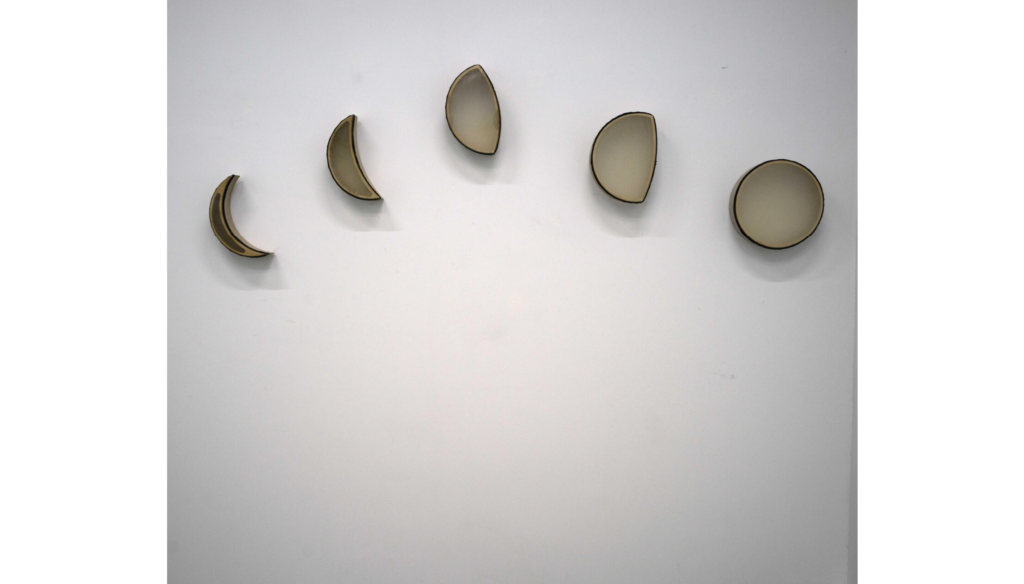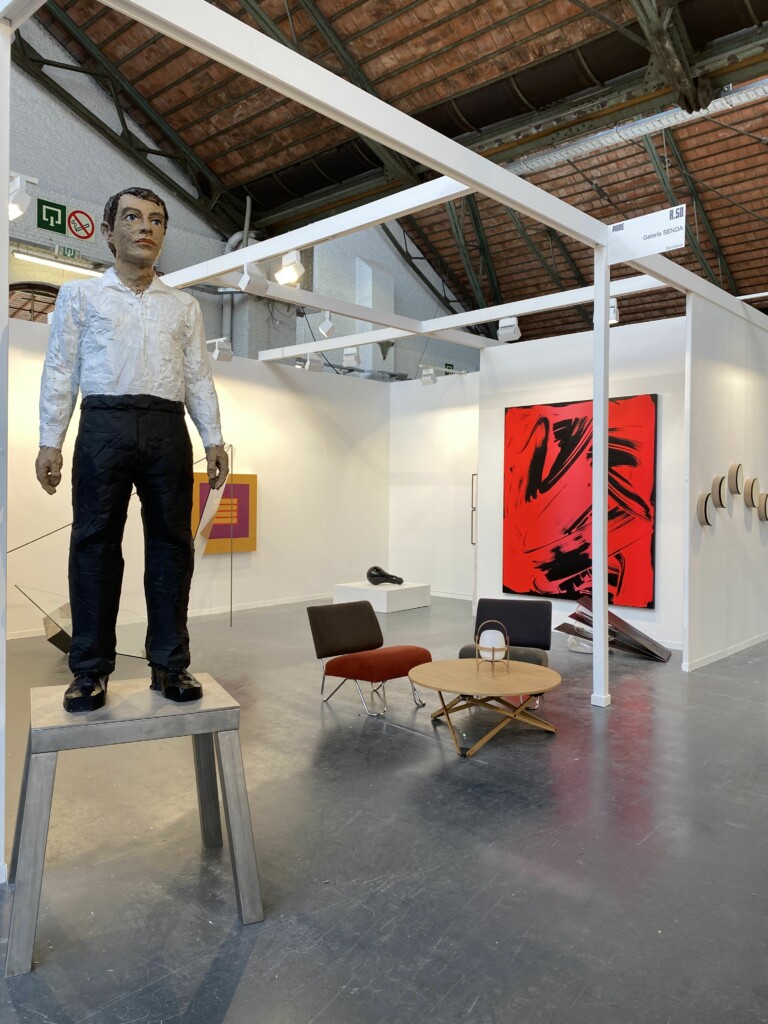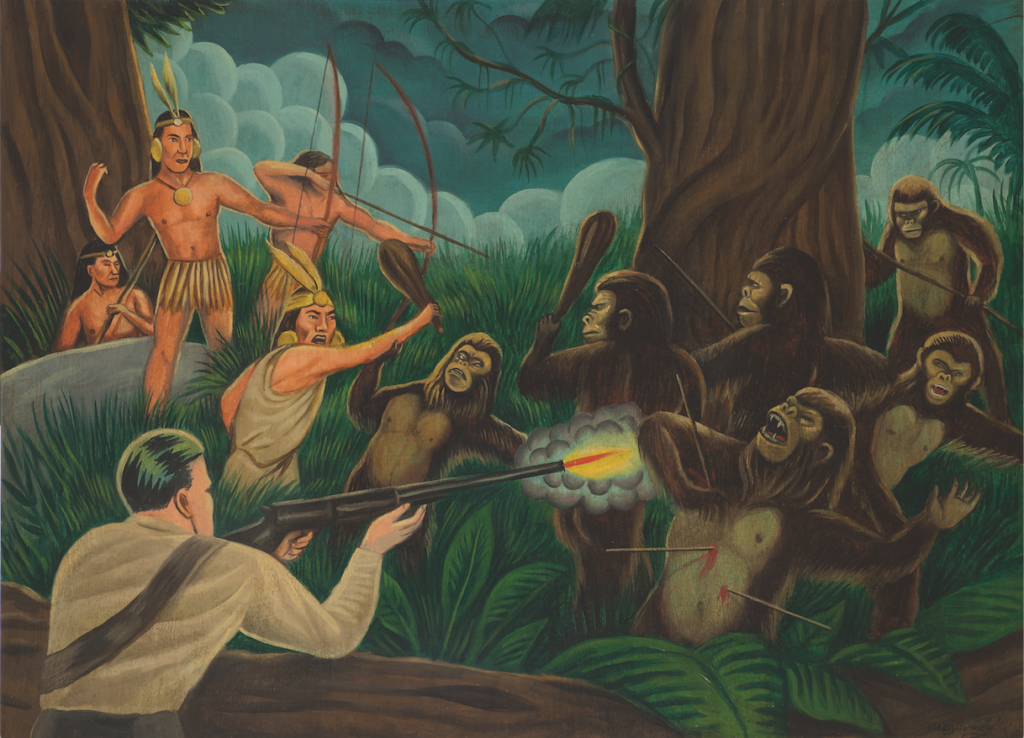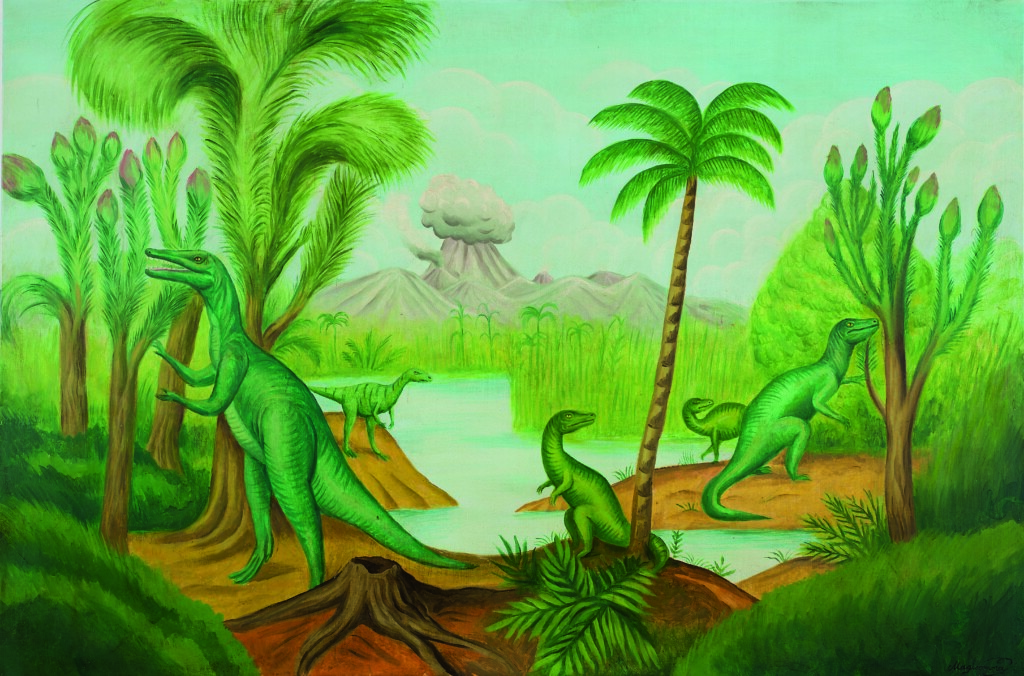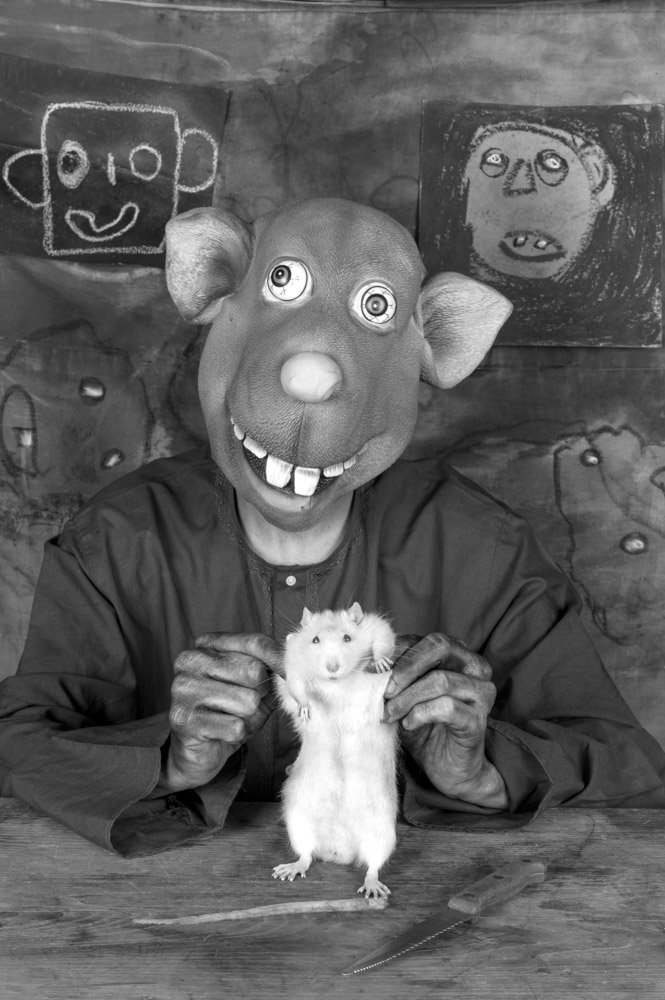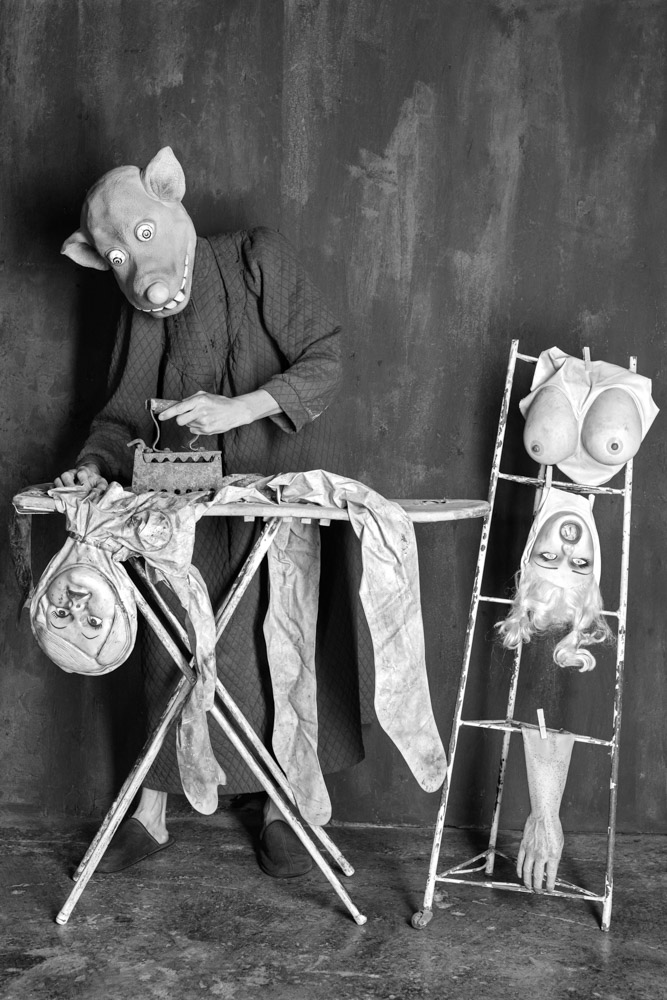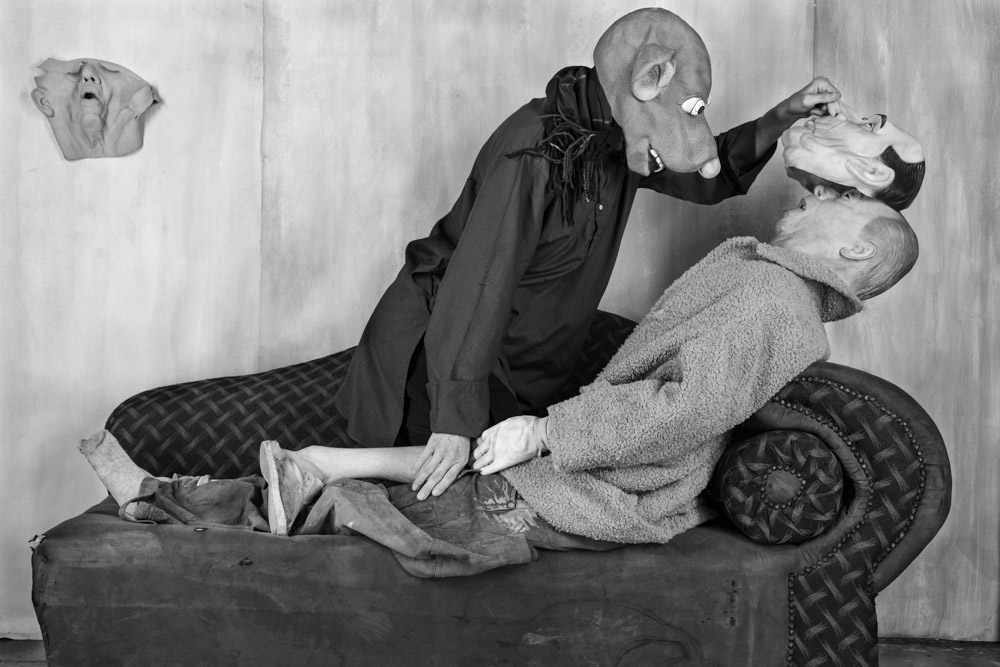- No products in the cart.
Galeria SENDA at Art Brussels 2022
28.04 – 01.05.22, Tour & Taxis | Booth A50
With great excitement and enthusiasm, this year we are pleased to announce the twentieth participation of Galeria SENDA in the prestigious contemporary art fair Art Brussels, which will take place from April 28th to May 1st, 2022. For this special edition, we have carefully prepared a selection of artists that represent the plastic, sculptural and compositional quality of a small sample of the talent of those who are part of the SENDA family.
In our stand at Art Brussels you will find works by renowned artists exhibited at SENDA such as Jaume Plensa and his conceptual brutality represented in “Who Are You? V”; Peter Halley and his lively use of colors in his large geometric paintings; Yago Hortal and the grandeur of his canvases such as “Z53”; Stephan Balkenhol with his huge sculptural figures; Iran do Espírito Santo and his audacious way of turning contradiction into a tangible thing as with his sculpture “Black Light”; Glenda León with her reinterpretation of the lunar cycle in “Listening to the Moon”; Túlio Pinto and his sculptures created from the fusion of materials; Sandra Vásquez de la Horra with her universe of fantastic figures that invite reflection on incendiary themes of the society in which we live; Gino Rubert with his farewells and reunions charged with symbolism; Xavi Bou and the wonderful chrono-photographic work captured in “Ornithographies“; Anthony Goicolea with his portraits where he explores human identity related to social issues such as migration; Donald Sultan and the reinvention of still lifes with works such as “Winter Mimosa Jan 28”; or the evocative photographs of Jordi Bernadó such as “New York (OS 276. 2)”. All this and much more is what anyone who attends the Art Brussels Week and passes by the stand A50 of Galeria SENDA will be able to find.
This amalgam of artistic projects demonstrates the solid gallery proposal of SENDA, betting on the dissemination of both national and international art. Likewise, the variety of techniques and disciplines is key to understand the idiosyncrasy of our gallery. Without the presence of this generous amount of projects so different from each other, fairs like Art Brussels would not make sense. For all this, if after getting to know the wide range of artists that will accompany SENDA in Brussels, you want to live an immersive experience and immerse yourself in the busy and vivid world of the fairs, you can find us at stand A50, in the Tour & Taxis building of the Belgian capital.
Portal, 2022
Sandra VÁSQUEZ DE LA HORRA
Grafit, watercolour and gouache on wax-plated paper
76 × 56 cm
Escuchando la Luna, 2020
Glenda LEÓN
Cow’s skin and wood
50 × 200 × 10 cm
Z51, 2022
Yago HORTAL
Acrylic in cloth
230 × 190 cm
Booth A50 – Galeria SENDA


























































































